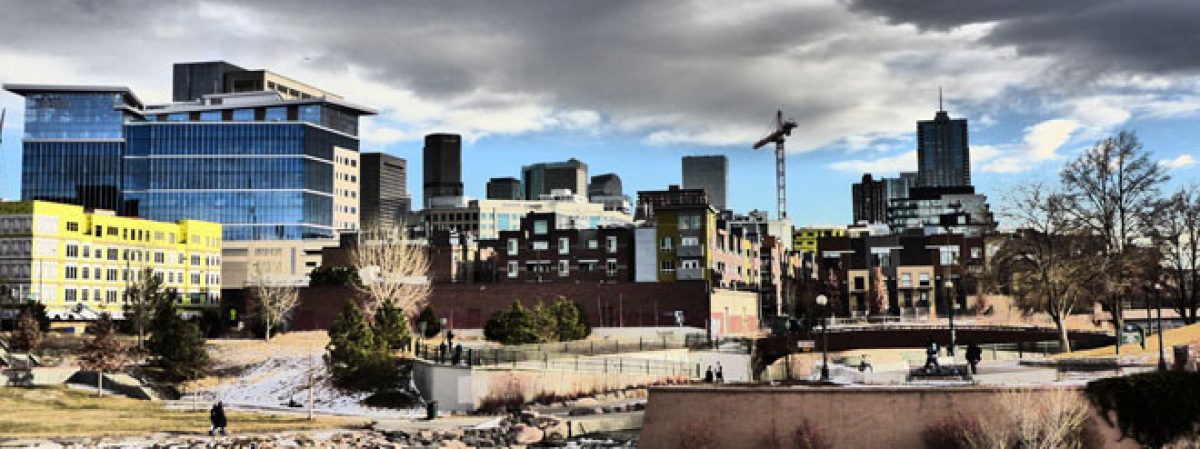
Dead Meadow is currently touring in support of its new record, The Nothing They Need. When the band began in 1998, its members had come up through the vibrant punk and hardcore scene in Washington, DC and had even played in bands in that vein but by the late 90s, playing that kind of music had lost some of its appeal and the initial trio of guitarist/singer Jason Simon, bassist Steve Kille and former drummer Mark Laughlin (Juan Londono now drums in the band) were looking to sounds that had long gone out of style but which held a newfound fascination for the musicians.
“We got excited watching old Jimi Hendrix videos all the time,” says Simon. “We lived with Corey [Shane] who played on Feathers and the three of us would sit around watching Black Sabbath videos, Led Zeppelin videos and Hendrix videos and it was like, ‘Let’s get back and do something like this.’ That’s why we picked up our instruments in the first place. When I was thirteen I wanted to play like Jimmy Page and sound like Black Sabbath. It was just trying to do something different. Actually, it’s funny a lot of those [DC post-hardcore] bands helped us out and in particular Fugazi helped us out a lot just because they were as excited as anyone to hear something different coming out of DC. Now there’s a psych rock scene but back then we were playing a punk rock show or a metal show and either way we didn’t quite fit in. We’ve seen a scene grow up since then that has fit Dead Meadow a little better.”
Dead Meadow’s 2000 self-titled debut, in fact, was released on Fugazi bassist Joe Lally’s Tolotta Records imprint as did the sophomore record, 2001’s Howls from the Hills. But in those early days, there wasn’t a new psychedelic rock scene, per se. Dead Meadow toured and found like-minded musicians who were embracing music from the 60s and 70s on the West Coast like The Brian Jonestown Massacre and The Warlocks. After signing with Matador before the release of 2003’s Shivering King And Others the group played shows with labelmates Bardo Pond. But the mixture of psychedelia and heavy music around the turn of the century was largely the purview of “stoner rock.” While Dead Meadow had similar roots in 60s psychedelic rock and Black Sabbath, it was never really a metal band.
“In the beginning we really enjoyed it because we wanted to do the punkest thing possible,” comments Simon. “Which was like, ‘Okay, cool, we’re opening for Fugazi, man? We’re going to do a ten minute guitar solo.’ And the punk kids were like ‘What is this?’ Which I thought was awesome. Some of the punk kids weren’t into it. Is this metal? It was something against the grain at the time which was something we all dug doing.”
Twenty years since Dead Meadow’s inception, the music world has caught up a bit with its fuzzy, hypnotic, heavy, bluesy, psychedelic rock songs. Yet the band’s specific aesthetic and sensibility transcends the specific wizards, demons and occult tropes of stoner rock and psychedelic doom. The song and album titles, the artwork and the textures and structures of the songs suggest a familiarity with the language of mythology and mysticism as well as that of the literature of the weird and a recreation of the feelings flowing forth from such readings.
“I like a lot of different symbolism and drawing from different roads of symbolism and making it your own,” says Simon. “I’ve always been a fan of the weird tale whether it’s Clark Ashton Smith or H.P. Lovecraft and stuff like that using all this vivid, far out imagery. Or Hindu mythology and its painting these crazy pictures the mind is almost stretching to even envision. In our move away from what was going on in the late 90s we wanted to do something more far out in that sense that expands the imagination.”
Specific references can be found sprinkled throughout Dead Meadow’s discography from Lord Dunsany in “Beyond the Fields We Know,” obvious nods to Lovecraft and perhaps an oblique hint of the occult novels of J.K. Huysmans. Blending all of that with natural imagery has given Dead Meadow both a mysterious and intimate quality.
“I like to stick things in there for the heads to pick up on,” says Simon regarding the literary allusions. “I find [nature] more inspiring. I guess that’s the symbolic nature of how the natural world relates to the inner world as well. I don’t do that intentionally, it just feels right or just cool.”
The Nothing They Need seems a step away from the evoking the imagery of weird literature while remaining songs about personal struggles, existential musings and a non-topical social commentary. The title of the album stems from a double meaning in its origins and conceptualization.
“It’s something Steve orignally said,” says Simon. “He also works in quality control in TV shows for digital content. He’s great at catching audio issues and so forth. He was talking about how there’s an insane stream of content coming out these days. Meaningless show after show. What is all this stuff? Who’s watching it? He said, ‘It’s giving people the nothing they need.’ So it’s a commentary on our times in that way. I also found it true in the opposite sense in that what people need is a step away from this crazy amount of distraction. We’re being bombarded by information all the time. Anyhthing to get your head out of it and get your piece of stillness, the grand nothing.”
“With these times and how crazy things are, I don’t think we’d try to write something overtly political but I feel like how those things can’t help but slip in,” continues Simon. “Not just how crazy it is but how to live and deal with how crazy it is and still be a creative, productive individual and feel some sense of hope.”
globehall.com/event/1614249-dead-meadow-denver




You must be logged in to post a comment.